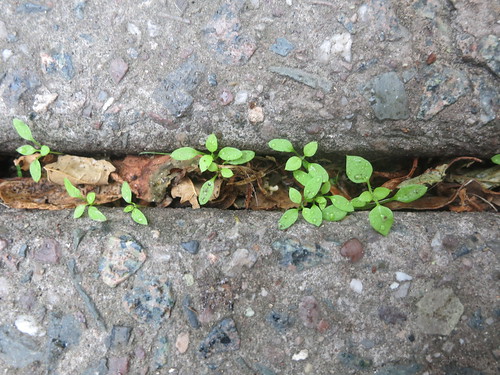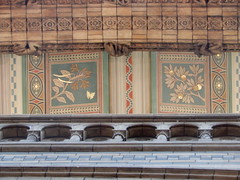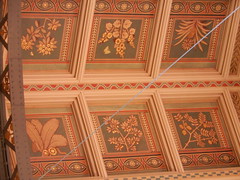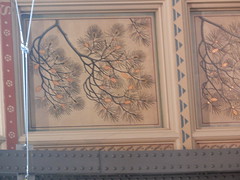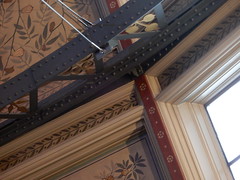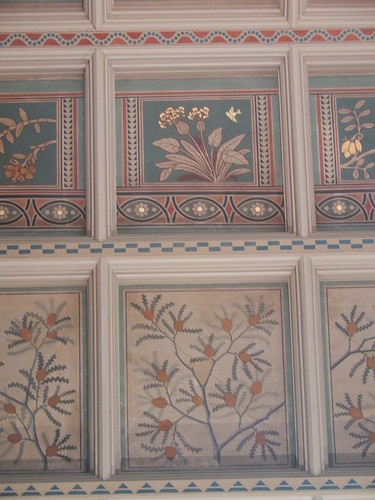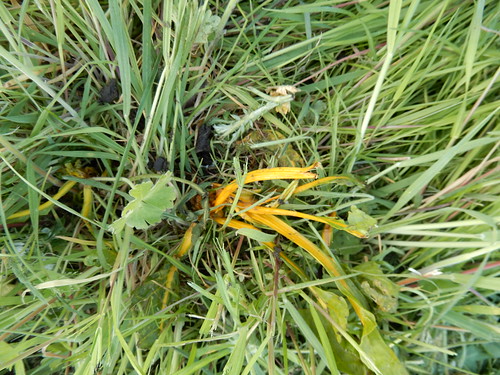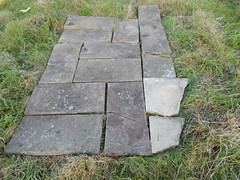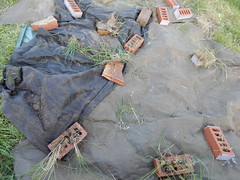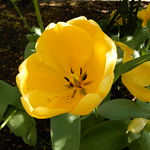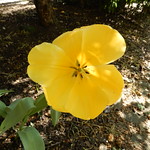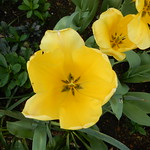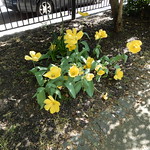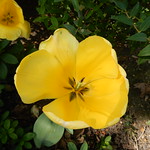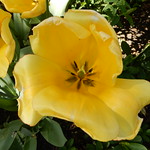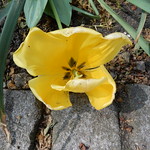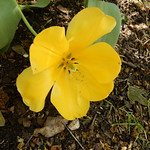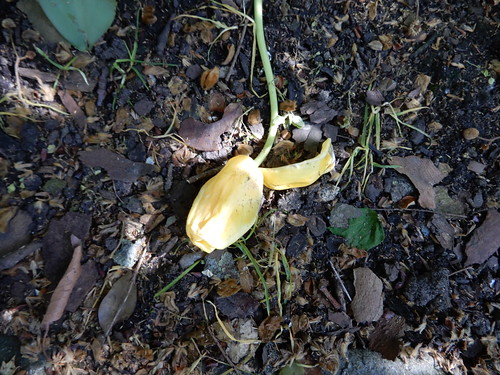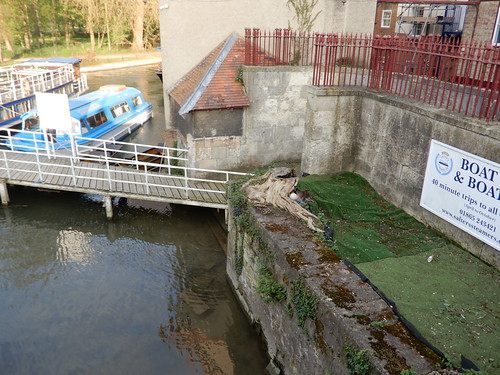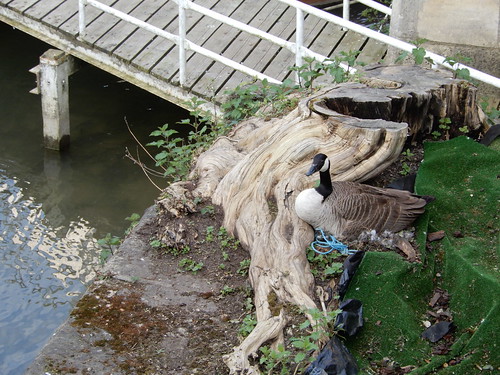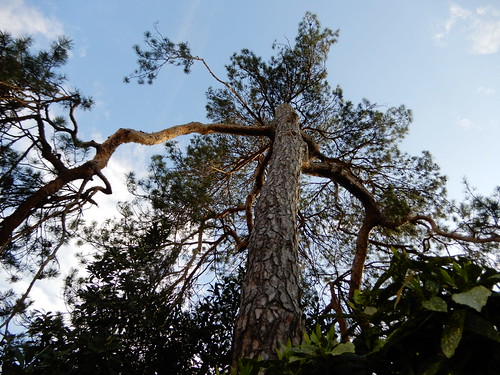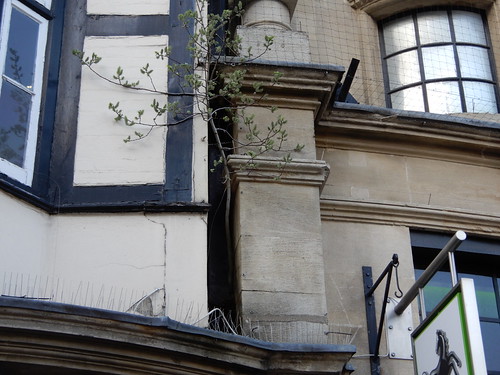Insects live in litter. Flies cluster round bins, beetles scuttle out from discarded wood, woodlice from under dead leaves. In the city, litter is tidied, or we get the worst of this; maggots, and all the other heralds of filth and rot.
Nevertheless, the lack of insects is a serious problem, and the bugs need space to live in; and in an urban space, where everything is determined by ownership and tenancy, this space should be designated. And given that most of our most beneficial, hardworking and attractive insects (it's an urban space, so I'm going to be picky!) are fliers, these spaces need to be primarily vertical.
Hence insect elevators, to let the butterflies and bees scale the sides of our desolate urban cliff faces in easy flutters, short buzzes.
Insect elevators operate to support invertebrates of all sizes to navigate from greenery at street level up to the different levels of the urban environment. While smaller and flying insects are delivered to all levels by wind, the turbulence around buildings is a challenging navigation environment for large winged insects like butterflies. Elevators give them a safer, sheltered route with multiple stop points -- think service stations or coffee shops. Linked by drainage pipes and trailing plants (as shown in my rather garish diagram above, even non-flying, short hop and heavier insects can successfully scale the wide expanses of bleak brick.
Pretty much, though they're not called this. Of the various types of elevator available to municipal design, the most striking, impressive (and expensive!) is the green wall, but cheaper options involving creepers, window boxes and cornice planting are also options which may be both cheaper and more congruent with the traditional urban environment.
None of these are, strictly speaking, however, intentional insect elevators. Their elevatory aspect is accidental, a byproduct of their main aim which is to please the human eye. They are intended to beautify the urban environment; any environmental improvement, any provision of habitat is a happy accident. A byproduct. As such, insect invasions may be resisted, plant selection may not be suitable, and wherever a corner needs to be cut, they will be dropped, and the crisp, dry, clean insect-unfriendly but easy to maintain spaces will return.
Am intentional insect elevator puts habitat first. Soil biome, micro environment and linkage (we'll return to green chaining in a future post) are all more important than aesthetic appeal. The design leads from what insects need.
That said, human convenience matters. The item exists within the humaniform space, urbanity or suburbanity. It must be maintainable and safe; it must not seem too untidy, or stick out, like a nail that needs banging in. It can operate as a statement that can be enjoyed or objected to, or as a lightweight, interstitial item that eyes skitter over. But it must never look like litter, mess, chaos, or urban decay.
My startling, angled pots in the picture above nod to that. It's making a statement which is only partly green. Humans pay money, after all, to look at butterflies and keep bees. This is product, and urban space is at a premium. It must sell.
So, what do we need, to get from here to there?
Nevertheless, the lack of insects is a serious problem, and the bugs need space to live in; and in an urban space, where everything is determined by ownership and tenancy, this space should be designated. And given that most of our most beneficial, hardworking and attractive insects (it's an urban space, so I'm going to be picky!) are fliers, these spaces need to be primarily vertical.
Hence insect elevators, to let the butterflies and bees scale the sides of our desolate urban cliff faces in easy flutters, short buzzes.
Insect elevators operate to support invertebrates of all sizes to navigate from greenery at street level up to the different levels of the urban environment. While smaller and flying insects are delivered to all levels by wind, the turbulence around buildings is a challenging navigation environment for large winged insects like butterflies. Elevators give them a safer, sheltered route with multiple stop points -- think service stations or coffee shops. Linked by drainage pipes and trailing plants (as shown in my rather garish diagram above, even non-flying, short hop and heavier insects can successfully scale the wide expanses of bleak brick.
Do they exist already?
None of these are, strictly speaking, however, intentional insect elevators. Their elevatory aspect is accidental, a byproduct of their main aim which is to please the human eye. They are intended to beautify the urban environment; any environmental improvement, any provision of habitat is a happy accident. A byproduct. As such, insect invasions may be resisted, plant selection may not be suitable, and wherever a corner needs to be cut, they will be dropped, and the crisp, dry, clean insect-unfriendly but easy to maintain spaces will return.
Insect first design
Am intentional insect elevator puts habitat first. Soil biome, micro environment and linkage (we'll return to green chaining in a future post) are all more important than aesthetic appeal. The design leads from what insects need.
That said, human convenience matters. The item exists within the humaniform space, urbanity or suburbanity. It must be maintainable and safe; it must not seem too untidy, or stick out, like a nail that needs banging in. It can operate as a statement that can be enjoyed or objected to, or as a lightweight, interstitial item that eyes skitter over. But it must never look like litter, mess, chaos, or urban decay.
My startling, angled pots in the picture above nod to that. It's making a statement which is only partly green. Humans pay money, after all, to look at butterflies and keep bees. This is product, and urban space is at a premium. It must sell.
Practicalities
So, what do we need, to get from here to there?
- Cheap to fabricate boxes, with insect habitats and linkages built into the initial design;
- Resilient planting that can establish successful biome in a tiny space;
- Preseeding with plants and insects, perhaps in a staging nursery/insectory area at ground level;
- Maintenance at height, perhaps through a combination of long-pole watering and less frequent maintenance through roped climbers (you see both these in window cleaning at the moment); and finally:
- Greenery at both street level and at roof levels.



